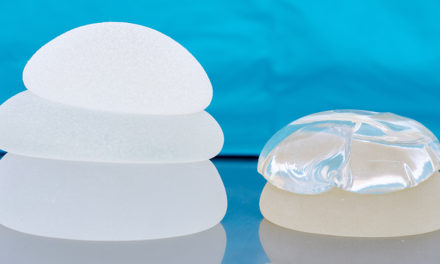A group of histologists and dentists from School of Biomedicine, Far Eastern Federal University (FEFU), teamed up with Russian and Japanese colleagues and found cells that are probably responsible for the formation of human dental tissue. Researchers propose to apply the study outcome within the development of bioengineering techniques in dentistry aimed at growing new dental tissue for patients. A related article is published in the International Journal of Applied and Fundamental Research.
FEFU scientists used human prenatal tissues to study the early stage of development of the embryonic oral cavity during the period when the teeth were set up – from the 5th to the 6th week. They have recognized several types of cells that are involved in the formation of one of the teeth rudiments — the enamel (dental) organ. Among them, chromophobe cells with elongated spindle-shaped form have been identified which are also responsible for the development of human teeth in the first weeks of embryo formation. The data obtained can provide a fundamental basis for the development of bioengineering therapies in dentistry and gastroenterology.
The scientist noted that large chromophobe cells reside not only the place where the teeth of the embryo form, but also exist at the border where the multilayers squamous epithelium of the oral cavity passes into the cylindrical epithelium of the developing digestive tube. This means that the new bio-engineering approach is relevant not only for growing new dental tissue but also for growing organs for subsequent transplantation and likely will be applied in gastroenterology.
The development of new biological approaches for the teeth reconstruction with stem cells is one of the most pressing tasks in dentistry for the upcoming years. There are still a lot of questions challenging the researchers. For example, scientists have yet to figure out how in the earliest stages of human embryo development, from the seemingly homogeneous, and in fact, multilayered ectoderm, which is located in the forming oral cavity, different types and forms of teeth develop.
However, it is already clear that more kinds of cells are engaged in the earliest stages of human teeth formation than it was previously supposed. Thanks to the research of FEFU scientists in cooperation with their colleagues from Russia and Japan, it also became clear that the crown of the tooth and its root have different mechanisms of formation.





